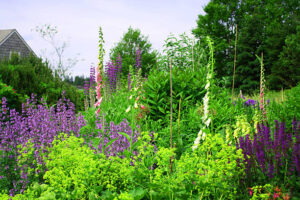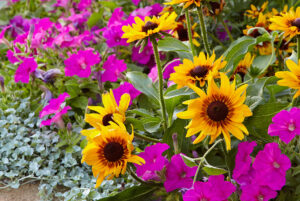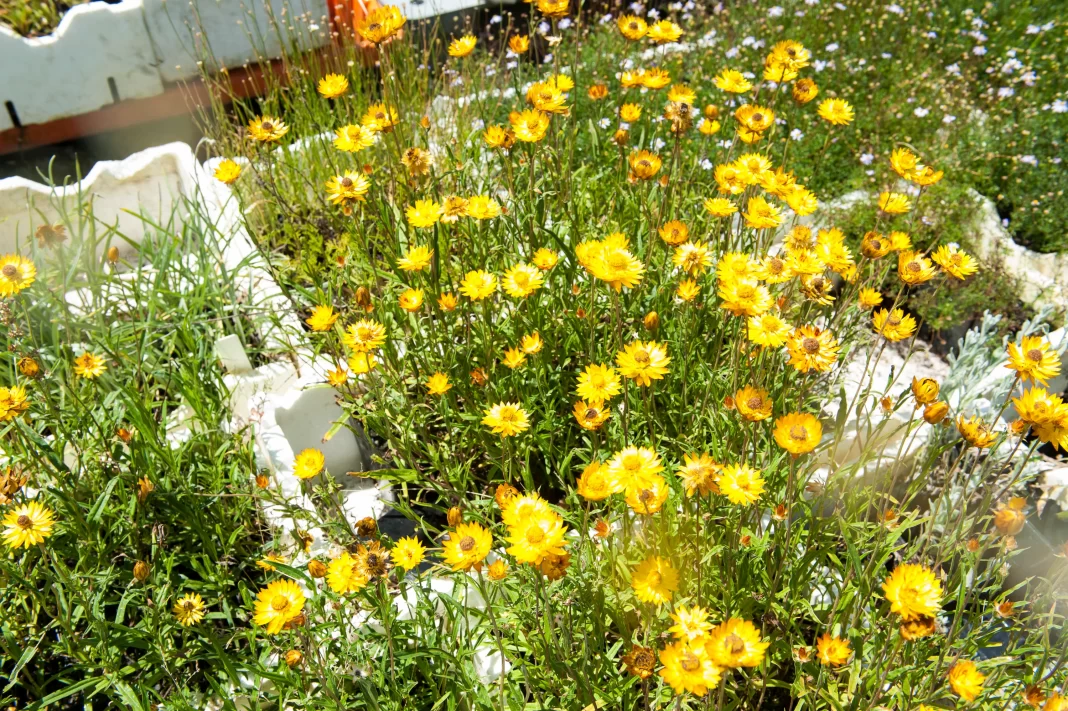 Information sheets
Information sheets
If you are considering revegetating or planting on your property in the Geelong region this series of information sheets (listed in order on the left) may be useful to help you select suitable species
Why should I plant indigenous plants?
‘Indigenous’ means naturally belonging to a particular area. They may be found locally or may have historically occurred in an area.
By choosing indigenous plants, you can be sure that they are well suited to the soils, topography and climate of the local area. They will need little watering or fertiliser once they are established, although in most cases watering and feeding will increase growth.
The advantages of indigenous plants
Indigenous plants:
- Maintain the area’s natural beauty and biodiversity
- Encourage local wildlife by providing food and habitat
- Are well adapted to the local soil and climatic conditions, so require little water or fertiliser once established
- Are more able to resist attack by pests and diseases
- Will often regenerate naturally
- Do not become pest plants or environmental weeds
Where can indigenous plants be obtained?
A number of local nurseries in the Geelong region specialise in the supply of local indigenous plants. These are listed on the information sheet for each zone. Alternatively you can propagate and plant out indigenous plants from seeds collected locally, or direct seeding can be used to reduce vegetation costs.
It is important to note that under the Flora and Fauna guarantee Act it is illegal to remove indigenous plants or collect seeds from public land without a permit.
Need to know more…
Additional information regarding suitable species can be obtained from our Environment Unit, the Department of Environment, Land Water and Planning or the agencies and nurseries listed on the information sheets.
Acknowledgements
The City of Greater Geelong acknowledges the Department of Environment, Land, Water and Planning, in particular David Perry and also John King, Geelong Indigenous Nursery.



